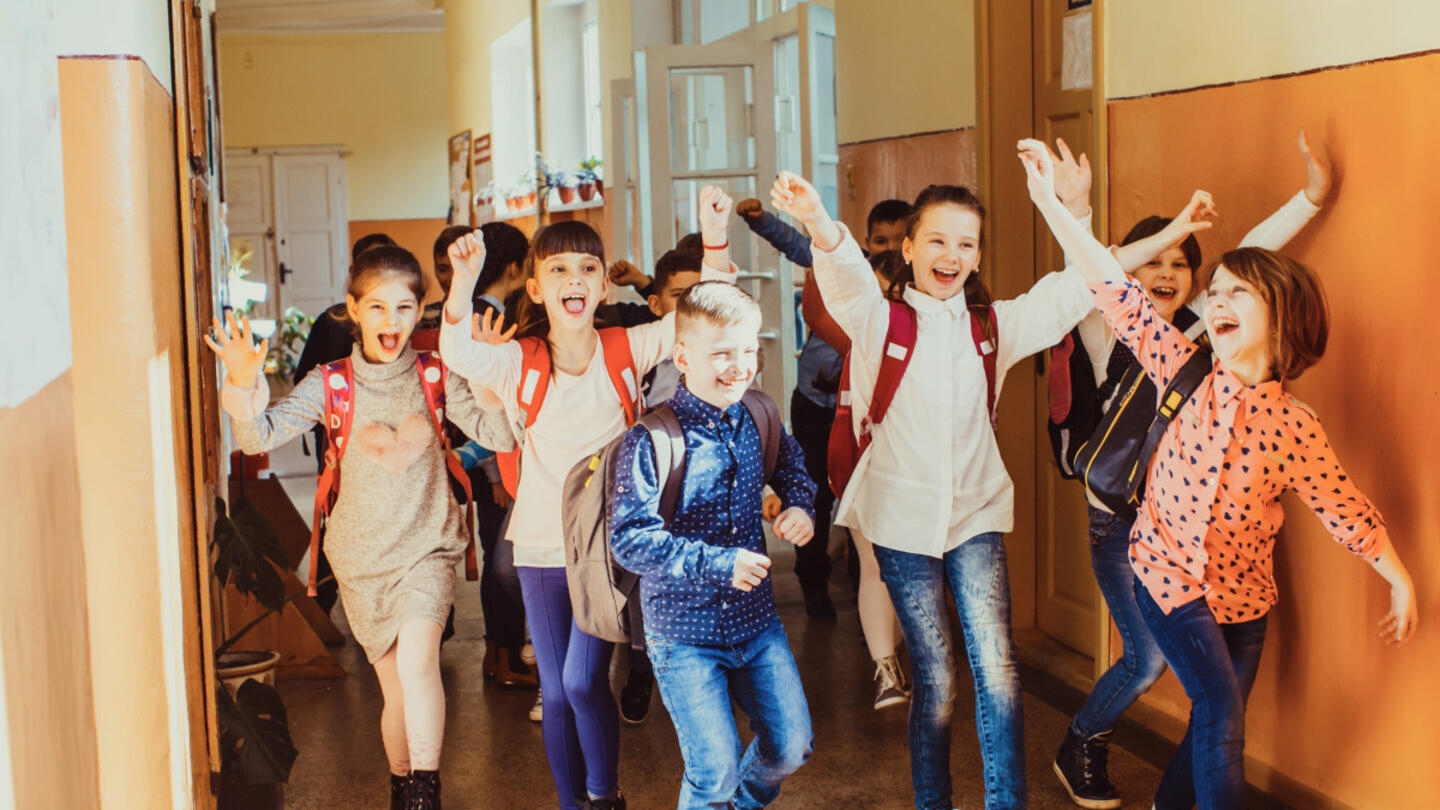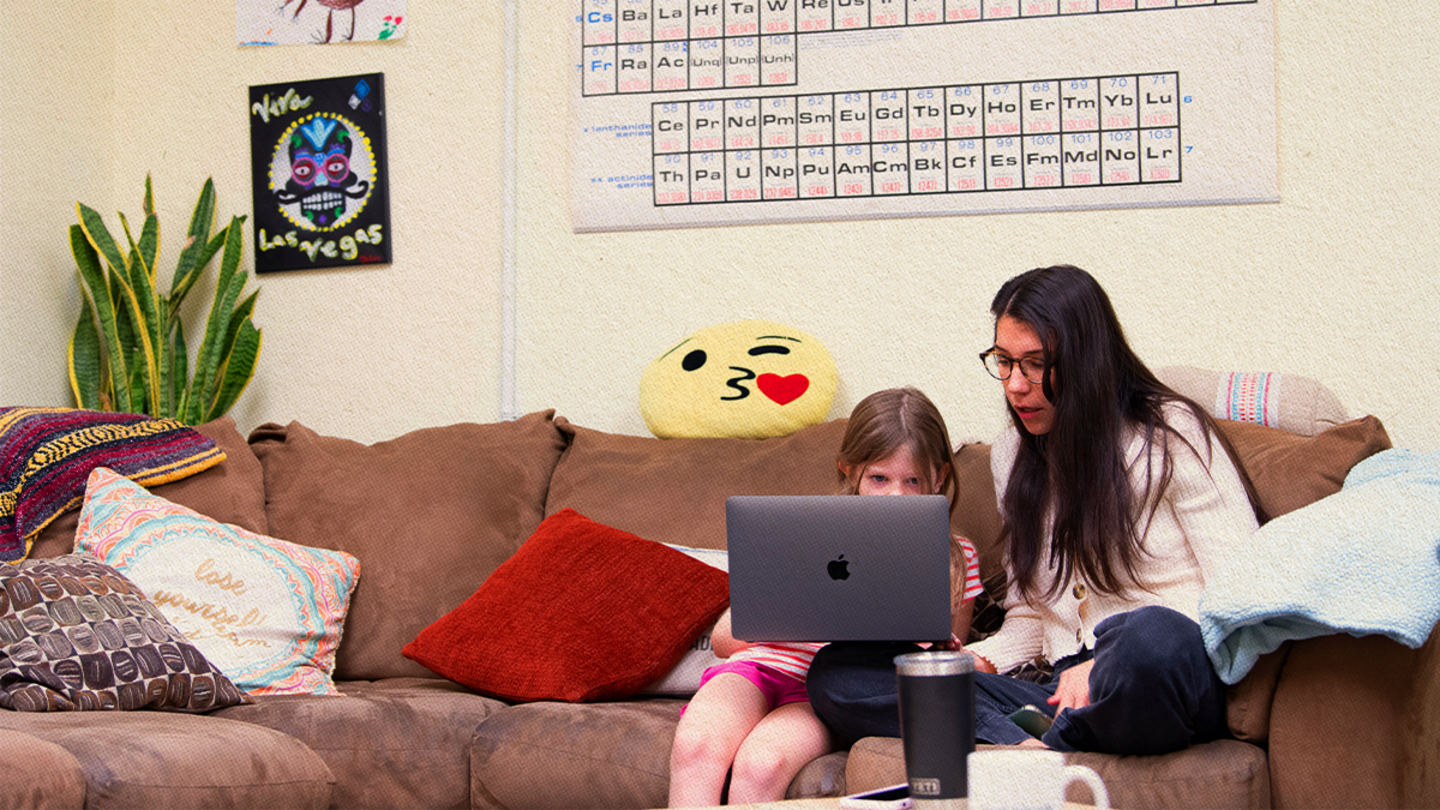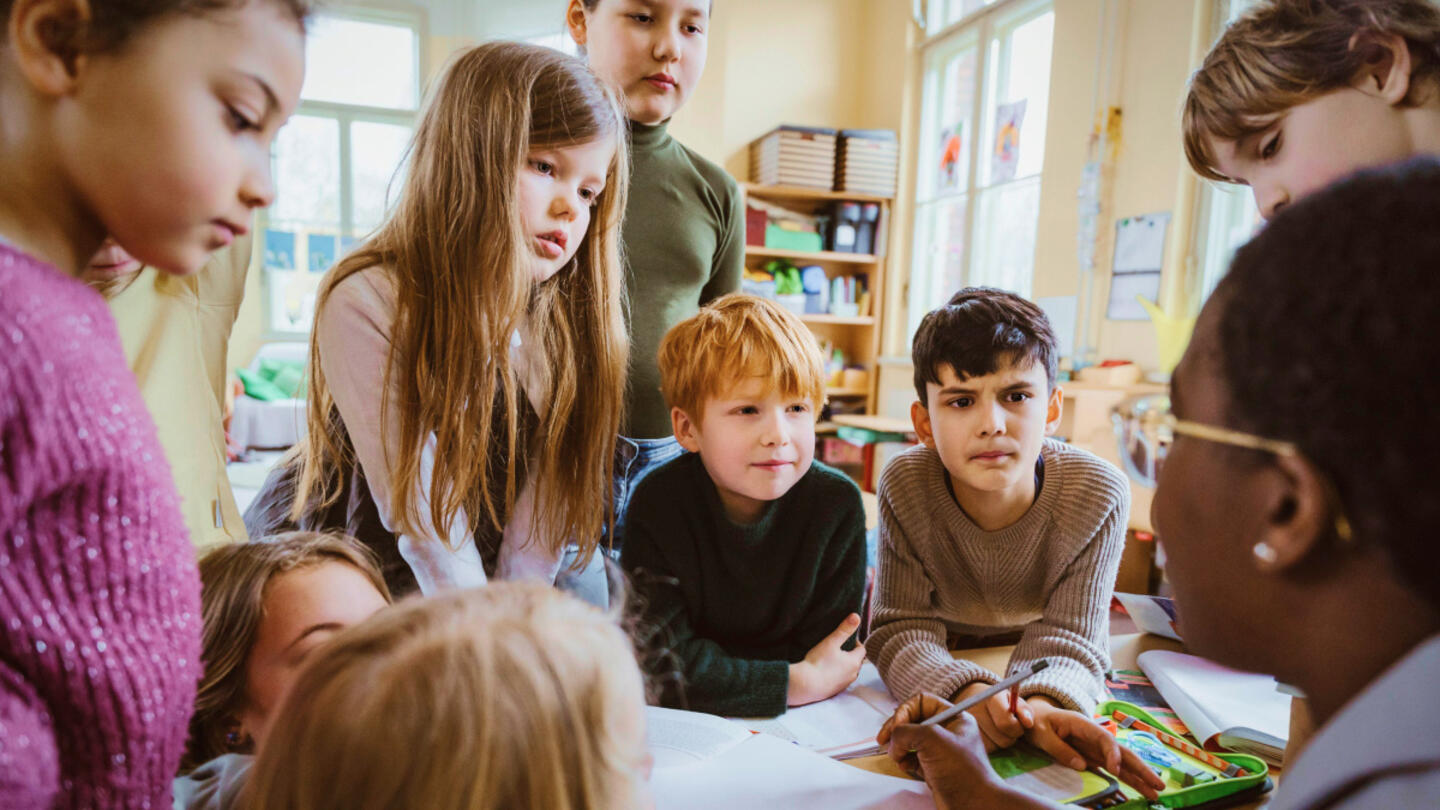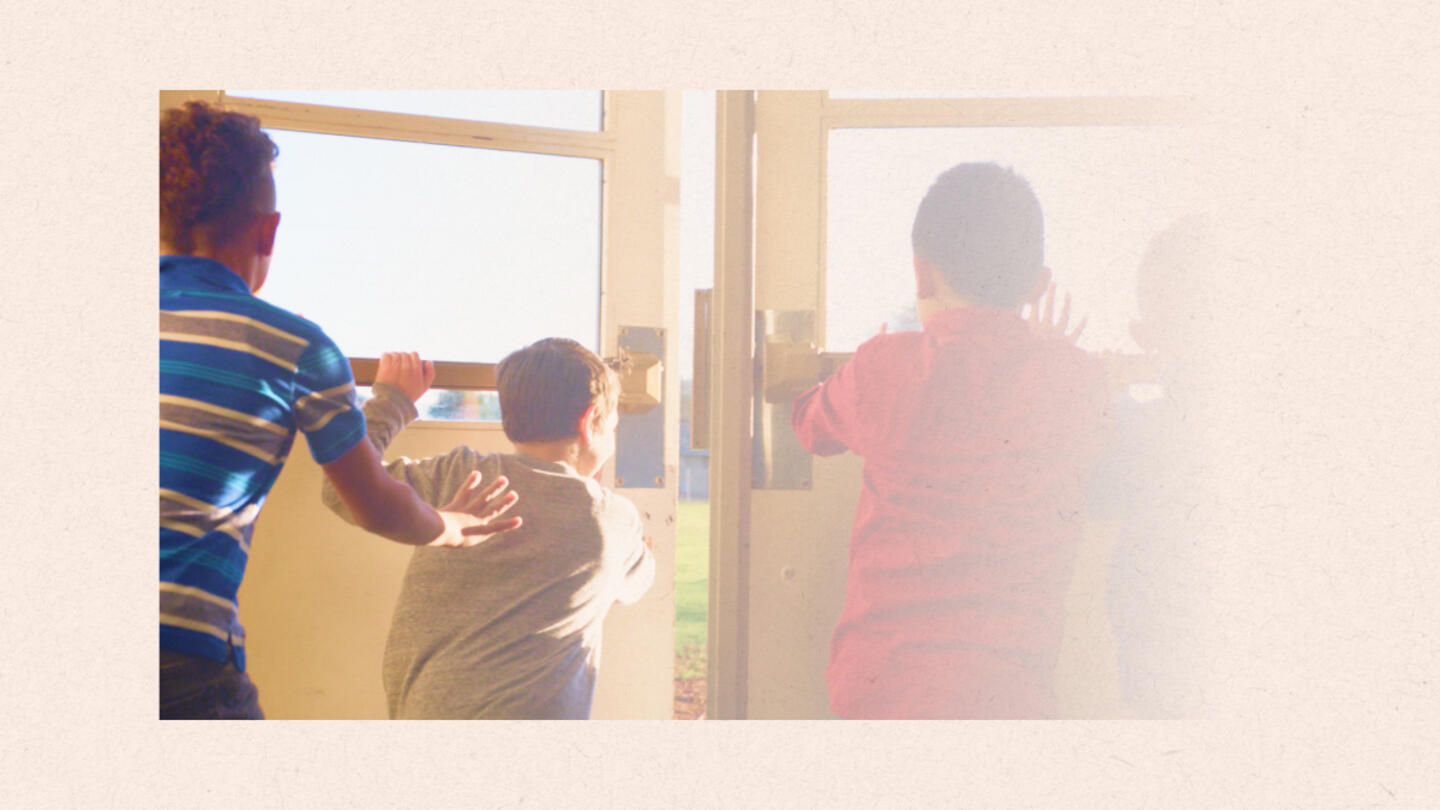Before switching schools, Raya, an Idaho high school student, wasn’t very confident. “I felt really small,” she said.
Her mom agreed. “We both saw how much you were in your shell before.”
Raya is one of over 1 million students who have left the conventional classroom in the last few years, dramatically altering the educational landscape.
It’s the equivalent of pulling one student out of every class in the country. The National Center for Education Statistics — which, before the pandemic, predicted annual gains in public school enrollment — now projects that conventional classrooms will lose another 2.4 million students by 2031.
Where are students going — and why?
The data suggests that a growing number of families are exploring new and innovative educational environments for their children — both public and private. These models view students as unique individuals rather than identical learners on the same path, emphasizing support for their personal goals and aspirations.
But what do these unique schools look like? What results do parents and students see? We explored three to learn more about this trend. Are these new models just a fad, or do they have the potential to revolutionize American education?
Creativity and excitement for learning is vanishing
“Schools as we know it were built for the industrial age,” said Sarah, a former public school teacher. “As society has evolved, schools have stayed the same.”
The drawbacks of conventional schooling can be traced back to this industrial model, which continues to influence how schools function — bells to shuttle children from class to class, emphasis on conformity and obedience, and a focus on speed, efficiency, and standardization.
“How many words per minute can [students] read, and how quickly can they rattle off their math facts?” Sarah said. “Faster, faster, faster.”
Yamila, Sarah’s colleague who has also left the conventional classroom, expressed her frustration with public schools more bluntly. “I disliked school so much, all of these forceful boxes,” she said. “‘Can I go to the bathroom? Can I eat? Can they check this box, this box, this box?’”
It got to be too much for Sarah, who took a step back to get a better look at her students. “What am I doing?” she asked herself. “They don’t know how to think for themselves; that creativity and that excitement isn’t there anymore, and it should be.”
“Conventional school absolutely takes away any room for kids to actually love learning,” said Yamila.
Research supports their assessment. Studies show conventional classrooms are taking a toll. Kids are most engaged in their learning when they’re in kindergarten. By fifth grade, 26% are disengaged, and by the time they’re in high school, that rises to 66% of students.
When students aren’t engaged, they aren’t learning,
According to Yamila, “It’s time to forget school as we know it [and] go back to the very root of how we learn.”
A school with no bells, teachers, or grades
What does that look like? Let’s start by exploring the high school Raya attends in Boise, Idaho, where students have full control over their learning environment. It’s called One Stone.
“I think a lot of people thought this was a crazy idea because we wanted to build a school where students would decide not only what we learned but how we learned,” said Chad Carson, director of research and design at One Stone.
Compared with a conventional high school, One Stone is radically different. “We don’t have bells, we don’t have classrooms. No teachers, no tests, no grades at all,” said Carson.
But why would educators create a school like this?
“After about 15 or 20 years of teaching, I started to realize that more and more and more students were becoming disengaged no matter what we were doing,” said Carson. “The traditional approach doesn’t provide an opportunity for students to explore their interests, and so they really come out of the K-12 experience not knowing who they are and not really knowing their next steps.”
The focus at One Stone is on self-direction. Students guide their educational journeys through projects, discussions, and collaboration. By empowering students to take ownership of their education, the school is breaking down the one-size-fits-all nature of a conventional classroom.
“Everything is a choice,” said Raya. “That was the most freeing thing.”
She and other students are encouraged to explore their interests — whether they’re into game development, paramedicine, engineering, or whatever. They’re given the tools and freedom to pursue their passions.
Educators at One Stone don’t lecture or give pop quizzes. They simply guide students through their proposed learning.
“You have to put aside the idea that maybe you’ve got the better idea or the right way to go about something,” said Carson. “Give that to students.”
The results speak for themselves. All One Stone students either go on to college or start their journey toward a meaningful career.
By giving students the autonomy to shape their learning, One Stone is helping them discover their unique gifts and talents, preparing them for a world where adaptability and creativity are key.
It has made a difference for Raya. “Now I feel confident in who I am and what I’m learning and what I’m interested in,” she said.
From 7 kids around a kitchen table to thousands nationwide
That’s just one school in Idaho. How can we make this type of individualized approach available to every student in America?
Sign up for Stand Together's K-12 newsletter and get stories, ideas, and advice from changemakers who are transforming education across the country.
One parent-turned-entrepreneur in Phoenix, Arizona, thinks he’s found a way to make that happen.
“My daughter, she was getting great grades, but we could see this love of learning evaporating,” said Kelly Smith, founder of Prenda, an organization that helps educators and parents launch their own microschools. “And we thought, ‘How can we help her?’”
Five years ago, Smith started his own microschool with seven kids around his kitchen table.
Microschools are small, community-based schools that give students a personalized and flexible learning environment. And they’re popping up everywhere — in neighborhoods, strip malls, community centers. They’re even out in the woods.
“Today, there are thousands of microschools all over the United States,” he said. “We talk to people all the time looking for options for their child, so Prenda’s quest is to create access to a microschool environment for as many people as we possibly can.”
At the center of each microschool are learners with individual needs.
This approach is particularly appealing because many families no longer have to pay out-of-pocket for this kind of educational experience. The goal is to make personalized education accessible to everyone, regardless of location or resources.
A public school where blacksmithing doubles as history and math
With more families finding success with these innovative models, can conventional schools adapt? Is there space for them in this new landscape of learning experiences?
We found a public school in North Dakota that’s on the cutting edge of innovative education.
“We decided, let’s give kids some control over their learning,” said Dr. Corey Steiner, superintendent of Northern Cass School District. Six years ago, he started working with parents and local lawmakers to completely transform his public school into one built around personalized education.
“I think one of the things that’s a little unique in our district is a co-designed learning experience,” he said. “It’s a learner deciding, ‘I want to learn this in this course. Here’s the standards I want to grab.’”
“We try to offer as many opportunities to kids,” said Tom Klapp, director of personalized learning at Northern Cass. “They can really explore themselves and find who they want to be when they walk out these doors.”
This transformation has been a game changer for students like Justin, who was considering dropping out because he didn’t see how his schoolwork related to his future. He knew he wanted to run his family’s farm, so educators at Northern Cass helped him reframe his school subjects to align with his passions and interests.
“I researched the history of blacksmithing, and that covered my history standard,” he said. “I basically made a business plan, and that covered my math standard. I’m going to be a farrier (a craftsman who makes horseshoes) when I graduate.”
The Northern Cass approach proves that it’s not about the type of school — public, private, or microschool — but about offering students an individualized, relevant education. With 92% of its 700-plus students graduating and going on to college, military service, or clear career paths, the results of personalized learning are undeniable.
“I’ll say, you know, our system is not perfect,” said Steiner. “Every kid that comes in is different, has different needs, so your system has to constantly evolve and adapt. When we see a kid sitting in front of us, it’s not a percentage, it’s not a letter grade, it’s a human being.”
‘What truly do you want for your child?’
Education has largely looked the same from school to school for over a century, but that is changing rapidly. With more schooling alternatives than ever, parents and students can choose the approach that works best for them — whether it’s the local public school, a neighborhood microschool, or something more unique.
“What truly do you want for your child?” asked Yamila. “These are bigger questions that parents need to be asking themselves.”
The Stand Together community partners with changemakers who are tackling the root causes of America’s biggest problems.
Learn more about Stand Together’s education efforts and explore ways you can partner with us.

Here’s what happens when AI replaces teachers.

Four suggestions for policymakers and education influencers wanting better choices for families.

Emily Niehaus didn’t expect to be a school founder. Now, she wants others to learn from her journey.

American childhood has changed. Here’s what we can do to bring back the magic.
